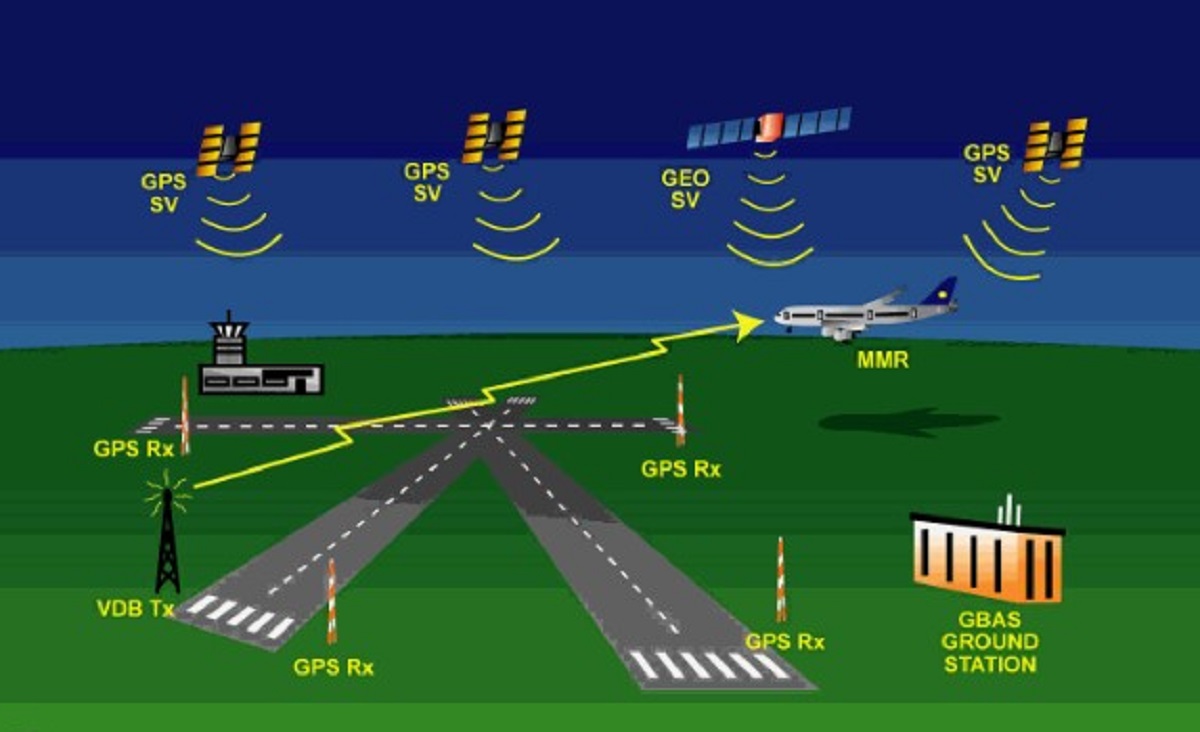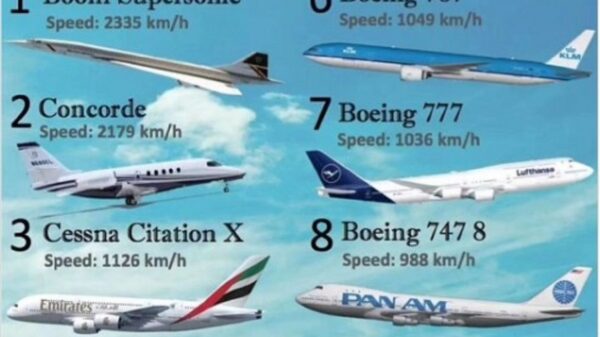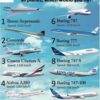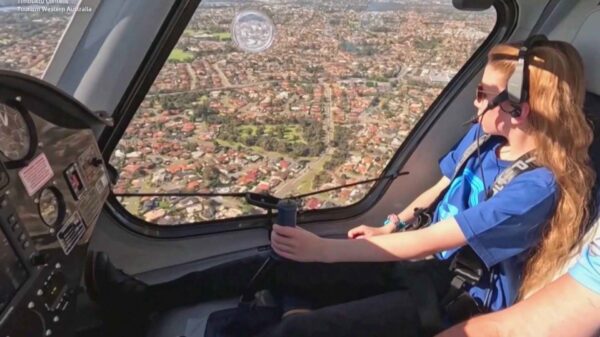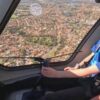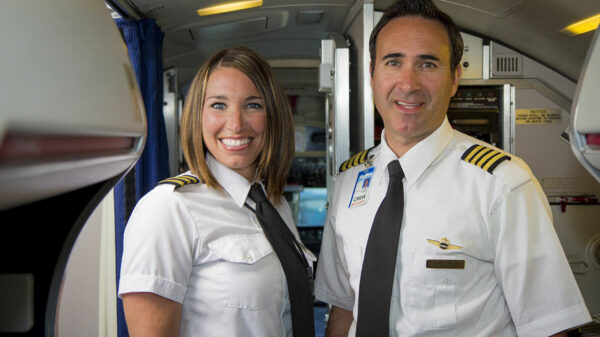An ambitious new project is underway to alleviate the continuous aeroplane noise that has long plagued residents living along the flight path to San Francisco International Airport (SFO). SFO is harnessing the power of precision navigation with a cutting-edge GPS transmitter on its tarmac.
This groundbreaking technology promises to provide pilots with greater accuracy during incoming flights, enabling them to fly at higher altitudes and further away from densely populated communities like Palo Alto and Menlo Park.
However, while the system shows great potential, it faces some challenges and could take years to achieve its full benefits.
The Power of Precision Navigation
The new navigation technology, known as the Ground-Based Augmentation System (GBAS), uses a broadcast transmitter at the airport to significantly enhance an aircraft’s three-dimensional positional accuracy. The system refines the precision from an approximate range of hundreds of feet to a remarkable 30 to 50 feet, revolutionising landing patterns and enabling previously unattainable flight paths.
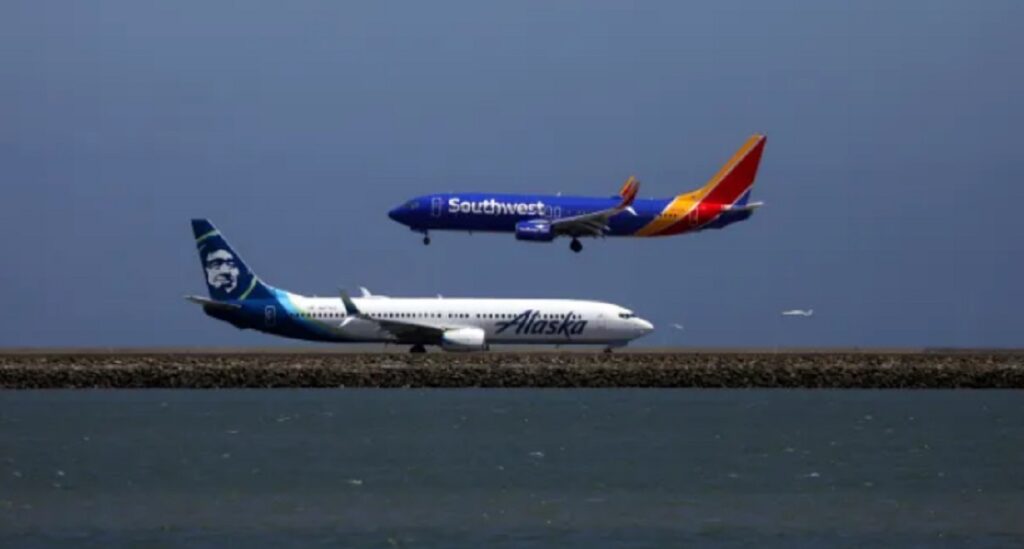
Providing Relief to Noise-Stricken Communities
With the tight airspace in the Bay Area, this improved precision opens up possibilities for steeper glide paths and curved or offset approaches. By directing air traffic away from residential areas, the hope is to offer some much-needed respite to nearby communities that have borne the brunt of aeroplane noise for years. However, the new approaches still need federal approval, delaying their implementation.
The Limitations and Hurdles
Although community groups that monitor aeroplane noise have welcomed the GBAS technology, they point out several limitations. One significant drawback is that the system’s effectiveness is confined to the final 10 miles of a plane’s approach, leaving some communities still vulnerable to the thunderous “speed brakes.” Moreover, the FAA’s slow progress in reviewing and approving additional procedures could result in many years before the system reaches its full potential.
The Technology’s Operation
The transmitter, located near the intersection of four runways on the bay’s edge, communicates with nearby satellites to provide real-time corrections to satellite-based GPS signals. It enables aeroplanes to maintain higher altitudes during their approach, minimising their noise impact on the ground. The next step involves testing several new techniques, including shifting the glide angle of descent and directing flights over the bay.
Incremental Progress Towards a Quieter Future
While the initial routes are not expected to yield an immediate noise reduction, they are crucial proof of the technology’s feasibility. These first steps will pave the way for future improvements that will ultimately be perceptible to residents. However, the frustration remains palpable among community groups as the FAA continues to limit the system’s use to a mere 10 miles from the airport, leaving more distant cities like Palo Alto and Menlo Park without full benefits.
Conclusion
Introducing the groundbreaking GPS tarmac transmitter at SFO brings new hope for a quieter future for the communities that have long endured the roar of aeroplane noise. With precision navigation at the forefront, the airport endeavours to create flight paths that steer clear of residential areas and reduce noise pollution. While the way to a quieter sky might be riddled with challenges and gradual progress, the GBAS technology signals a step in the right direction, promising a perceptible difference on the horizon.


